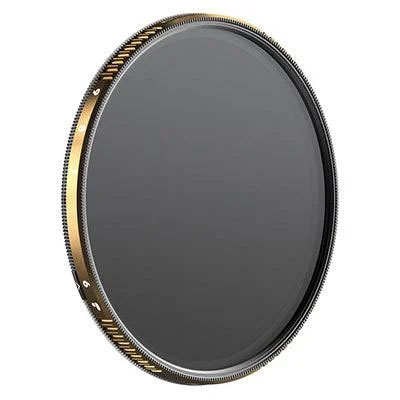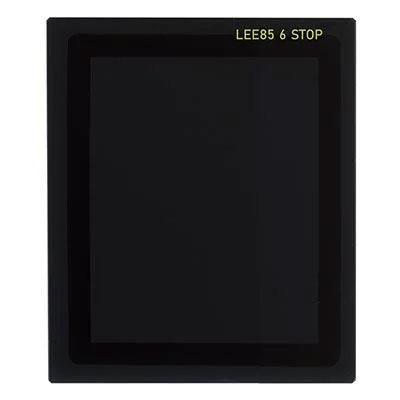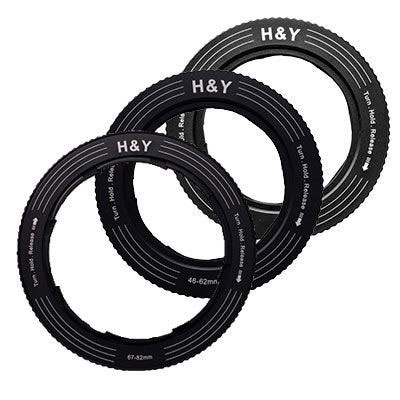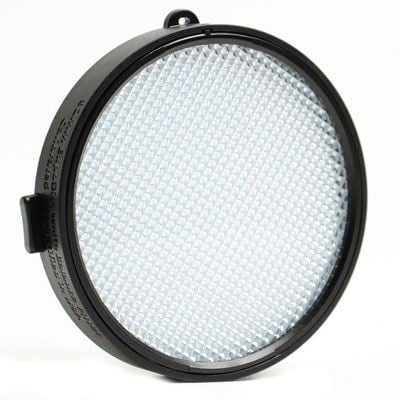Whether you’re a beginner or an avid photographer, you’ll likely have come across camera lens filters. What are lens filters? What are they for? Well, lens filters are used for a range of reasons and whilst many simply use them to protect your front lens element against dust, moisture, grease and light scratches; the primary purpose is to alter the way your camera interprets the light coming into your lens.
Circular screw-on or plate filters? Glass or resin? Some filters favour long exposure or flash photography, while others deliver specific effects to your images such as enhancing colours or minimising reflections. These are considerations that depending on your shooting style or your subject, require attention.
Compare items Select up to 4 products to compare
{{item.ProductName | limitTo: 50}}
{{item.CulturedPriceValue}}Please select at least two products to compare
Compare items Remove AllUV Filters
Ultra-Violet filters were originally designed to reduce incoming UV rays that would negatively affect early photographic film causing haziness and inaccurate colour reproduction. Whilst modern technology can manage UV light more effectively, high levels of UV can still be a problem, such as when photographing near bodies of open water, at higher altitudes or where ambient ultraviolet light can be intensified. UV filters are also used for protection against dust, moisture, grease or fingerprints.
ND Filters
Neutral Density or ND filters offer stunning results for landscape photography and photographing moving bodies of water. Neutral filtration works by placing a dark-coloured filter in front of your lens, reducing the amount of light that enters the lens but without detriment to colour accuracy or image quality. By reducing the amount of light entering the camera, you can use slower shutter speeds without overexposing the image.
Graduated Neutral Density Filter
Graduated neutral density filters most commonly are clear on one end and gradually build up the density as you go across the filter. The benefit of this gradation is that you can effectively capture scenes where there are variations in light on opposite sides of your frame e.g. a sunset where the foreground needs to be natural whilst the sun and sky need to be brought down a couple of stops.
Polarising Filters
Polarising filters are designed to reduce/eliminate reflection from the surface of water, glass and polished surfaces, as well as to darken skies, saturate colour and make clouds stand out in the sky. There are plate polarisers designed for use with filter holders, but more commonly there are screw-on polarising filters that offer variable levels of polarisation and can be combined with other screw-on filters e.g. warming or ND filters.
Colour Correcting Filters
Colour correcting filters are used to correct and/or enhance your scene. There are all sorts of filters including warm, cool or colour conversion filters. These can be used in conjunction with other filters and are ideal for those who wish to get the most accurate and finished image in-camera before editing in post-production.
Trade In
Service
Looking to trade in your equipment?
Get an instant quote & check eligibility for trade in bonuses »
Looking to trade in your equipment?
Get an instant quote & check eligibility for trade in bonuses »
Trade In
Service
Looking to trade in your equipment?
Get an instant online quote & check eligibility for trade in bonuses »
Frequently Asked Questions
How do I know what size filter I need?
The size of filter you need is generally determined by the filter thread size that is indicated around the front element of the lens. There are a wide range of different sizes including 37, 39, 40, 40.5, 43, 46, 49, 52, 55, 58, 60, 62, 67, 72, 77, 82, 86, 95. The size is shown using the diameter symbol: ø, followed by the figure. So, for example if it’s a 52mm filter thread, it will be shown as ø52, or if it’s a 77mm, it’ll be shown as ø77.
However, there are some lenses that either do not have a filter thread marker or a thread at all e.g. some fisheye or long telephoto lenses! These require different types of filters and/or different methods of attaching the filters such as a filter holder system. For this example, you’ll often use square or rectangular plate filters that slot into the holder systems - These are particularly popular with landscape photographers as you can easily stack multiple filters to capture dramatic scenes.
How to use camera lens filters?
There are a couple of methods to use camera lens filters but mainly you’ll come across screw-on filters that are attached to the front element of your lens. There are filter mount systems that use square or rectangle filter plates that are locked in place. Drop-in filters are used on large telephoto lenses that have specifically designed filter slots. Finally, Matte Boxes are primarily used on video projects; they have a large hood with a space for a filter without causing vignetting.
Do you need a UV filter for camera lenses?
You don’t have to have a filter but it is a good idea to have one. If not for the UV protection, a UV filter offers protection from dust, debris, moisture, scratches and the occasional fingerprint on the front element on your lens.
How to clean a camera lens filter?
You can clean a camera lens filter with a microfibre cloth and an air blower. You also can store your filters in a protective case that will keep them clean whilst not in use.
Go cheap or go expensive?
There are all sorts of filters, all with vastly different price points. The difference in price comes down to the quality of the materials and the anti-reflective and colour lens coatings used. More expensive filters are often made from high quality glass that is both optically purer and thinner than others on the market. Lower quality resin filters (when professionally tested) will often provide the desired lens effect but will negatively impact image quality e.g. slight colour casts across images.
This is the same for lens coatings - a lower quality coating results in a poorer image. Other factors play a part such as the outer ring of the filter or holder; whether it is aluminium or brass. The decision comes down to you as the practitioner, the gear you’re using and the intended audience.








